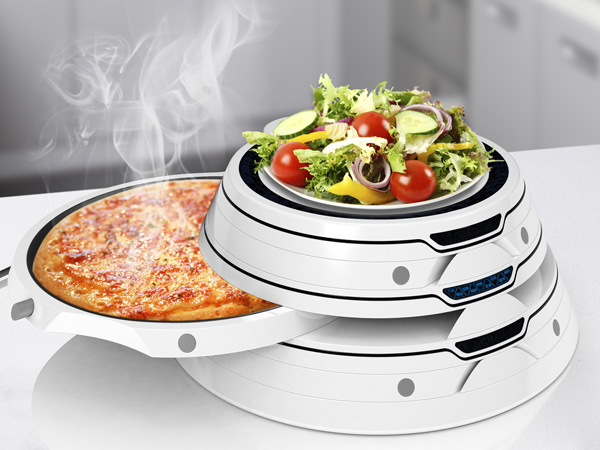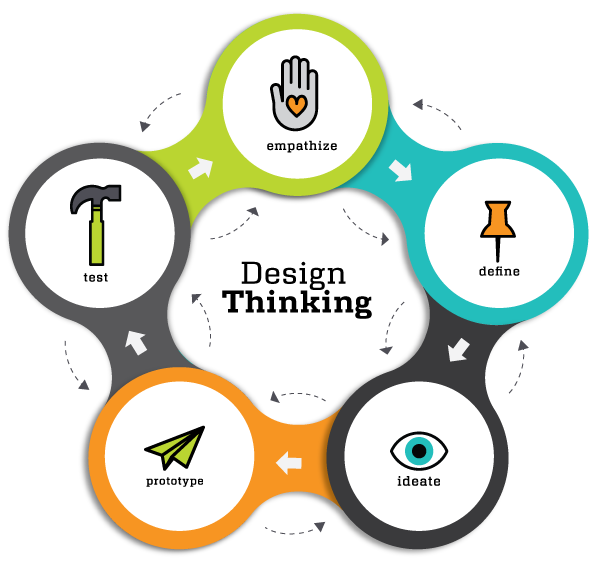Product design is a professional practice that focuses on designing physical products and virtual products such as software apps. It involves considering not only the appearance but also the function, manufacturing process, and overall user experience. Before the era of mass production, products were primarily handmade by craftspeople, limiting their availability and driving up costs. However, the industrialization of manufacturing led to mass production, making products more affordable and accessible to millions of people.
To help businesses sell their products to a wider audience, product designers were enlisted to create products that were not only functional but also aesthetically pleasing. As manufacturing technologies continue to evolve, so do the practices of product designers. They adapt to new materials, processes, and user expectations, ensuring that products remain relevant and desirable in a highly competitive market. Therefore, product design is not solely about creating products that look good, but also about designing products that are functional, efficient, and provide a delightful user experience.
- Empathize with people
- Define the problem
- Ideate a solution
- Build a prototype
- Test the solution
Lean Product Design is a methodology that builds upon Lean and Agile approaches to software development by introducing rapid iterations to the pre-coding product development phase. It aims to bring innovative products to market as quickly as possible by identifying the product’s key value proposition and differentiators. This process involves introducing a working yet limited product that can spark the feedback loop immediately, generating sales, and establishing or quantifying product-market fit.
Conceptual Design a crucial part of the journey!
The success of Conceptual Product Design depends on cross-functional collaboration, with product designers partnering with product managers or business-side experts for the initial concept development, before working with a small team to generate working prototypes and early versions of the product. To facilitate this journey to product introduction, Conceptual teams share a common goal and incorporate user feedback swiftly, focusing on maximizing resource utilization and creating value and satisfaction for users.
While Conceptual Product Design is effective for organizations that embrace continuous learning, larger enterprise settings often prioritize well-plotted master plans over moving forward with unknowns and unanswered questions. Chunking out larger solutions into smaller, discrete products or features can alleviate some of the trepidation, giving stakeholders a chance to see progress and observe how the continuous feedback loop and rapid iterations result in solutions that meet market needs in a shorter timeframe.
In conclusion, Conceptual Product Design is a safer bet than building a large product over several months or years with no external input until it ships or moves into a beta program. It enables businesses to accelerate product development and respond quickly to user feedback, ultimately leading to products that are more effective and valuable to users.
Tools we normally use:
Because it covers a broad range of disciplines, the role requires several different types of tools. Among these are:
- Journey mapping apps
- Wireframing apps
- Graphic design apps
- Prototyping tools
- Research and data analytics tools (e.g., spreadsheets, sophisticated A/B testing apps)
- CAD software (e.g., Cinema 4D, SolidWorks, Autodesk S.)
- Project management apps (e.g., Trello, Slack)
- Product roadmap apps (e.g., ProductPlan)
More Than Just Aesthetics
Product design is a crucial and strategic role that encompasses the entire process of developing a product. It involves evaluating problem validation, crafting, designing, testing, and shipping the solution, and is not simply about making a product look better. Despite this, many people underestimate the importance and scope of product design. As Eric Eriksson notes, “product design is the whole process.”


